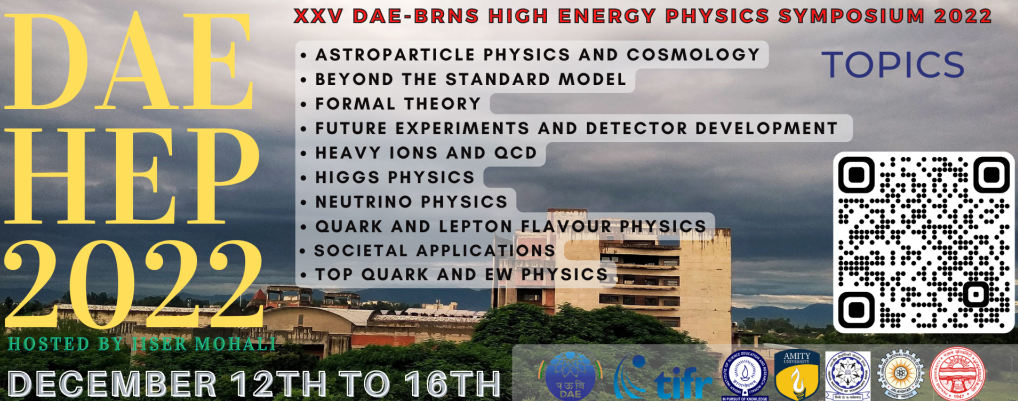Speaker
Description
Machine learning (ML) is a rapidly expanding field with a wide range of applications ranging from healthcare to high-energy physics (HEP) research. Deep Learning is a sub-field of ML in which the most basic structure is a neural network. Training such models with a vast amount of pre-processed data allows them to be used for any pattern recognition, classification, or regression problem. These techniques have been used for event reconstruction in numerous HEP experiments. INO-ICAL is an underground detector facility for neutrino research, which is an India-based Neutrino Observatory equipped with a magnetized Iron Calorimeter. It consists of RPC detectors placed in between iron plates acting as the target for neutrinos. The primary objectives are to precisely measure neutrino oscillation parameters and the $\delta_{CP}$ phase. The neutrinos interacting with the iron plates produces muons which travels through the stack of RPC layers to produce a track. The method used for muon track reconstruction at INO-ICAL is the Kalman filter algorithm. In this work, the feasibility of using machine learning methods for muon track reconstruction has been investigated.
In this preliminary study, an algorithm based on the deep neural network using a multi-layer perception has been developed to reconstruct the muon energy using the signal hit information in the ICAL detector. The algorithm has been tested with various different model configurations. The comparison of performance of these different models are presented here. The final output of muon momentum resolution for ICAL detector for the best model configuration is compared with standard method of track reconstruction used till now in ICAL simulation i.e. Kalman Filter technique.
| Session | Future Experiments and Detector Development |
|---|
